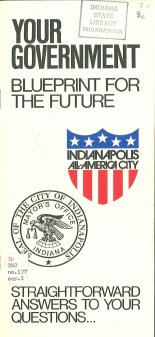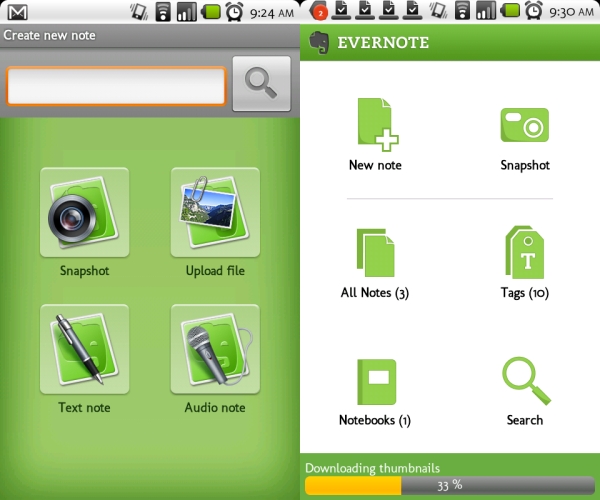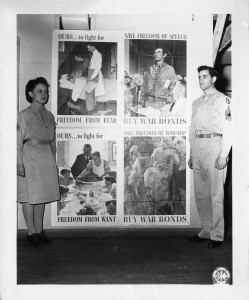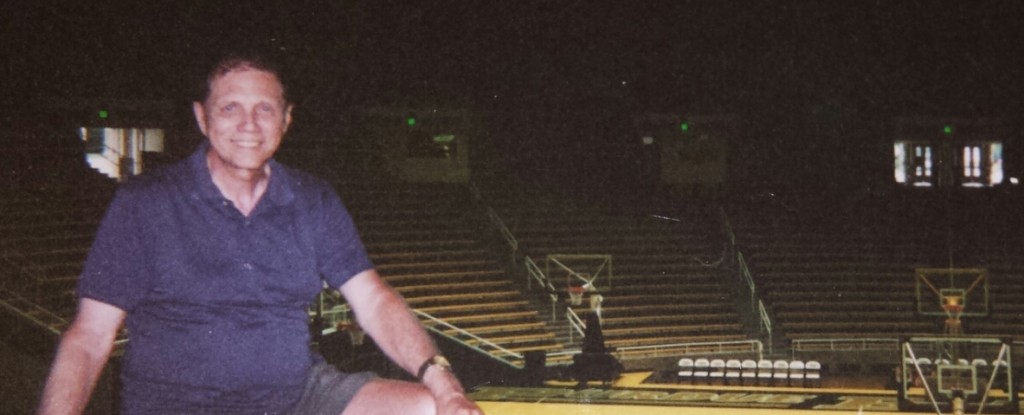Between June 10th and June 29th, 1816, the first Indiana Constitutional Convention met at the territorial capital, Corydon, and created the Constitution for admission to the Union. Friday, December 11, 2015, marked the 199th anniversary of the day President James Madison signed the act admitting Indiana as the 19th state.
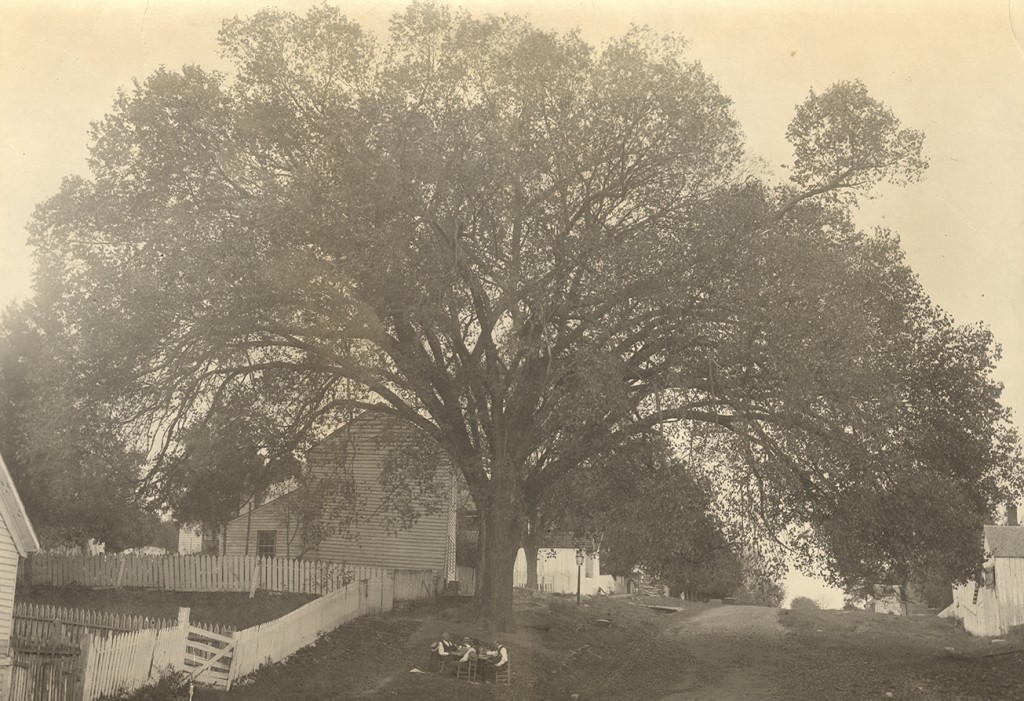
Constitutional Elm, Corydon, Indiana, circa 1921-1925; Delegates to the 1816 constitutional convention worked under the shade of this tree.
The official countdown to Indiana’s 200th birthday began when over 120 fourth grade students participated in several Statehood Day activities at the library, including the creation of birthday cards. To learn more about the day, please visit our previous blog post.
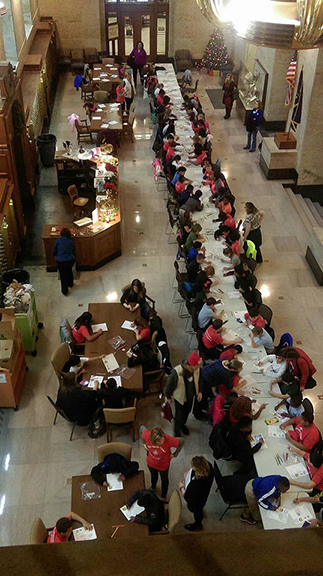
Statehood Day, December 11, 2015;Students participate in creating birthday cards for Indiana’s birthday
The bicentennial manuscript collection project was drafted in April 2014 and endorsed by the Bicentennial Commission in late 2014. Beginning in January 2016, fourth grade students from around the state will be asked to decorate special, acid-free birthday cards supplied by the library while briefly explaining “Why do you love Indiana?” and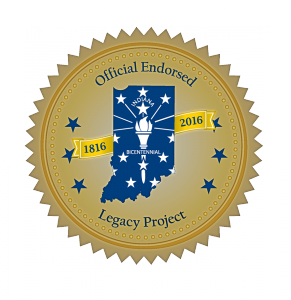 “What does being a Hoosier mean to you?” The completed collection will include around 10,000 cards from each county and will be preserved for many generations with other notable collections, including William Henry Harrision, Abraham Lincoln and Helen Keller correspondence as well as the Treaty of St. Mary’s.
“What does being a Hoosier mean to you?” The completed collection will include around 10,000 cards from each county and will be preserved for many generations with other notable collections, including William Henry Harrision, Abraham Lincoln and Helen Keller correspondence as well as the Treaty of St. Mary’s.
The first 500 cards received by June 1, 2016 will be on display in the Indiana State Library Exhibition Hall during the summer of 2016. If your class or student would like to participate, please contact a regional planner from the map or Bethany Fiechter, Rare Books and Manuscripts Division Supervisor at bfiechter@library.IN.gov.
This slideshow requires JavaScript.
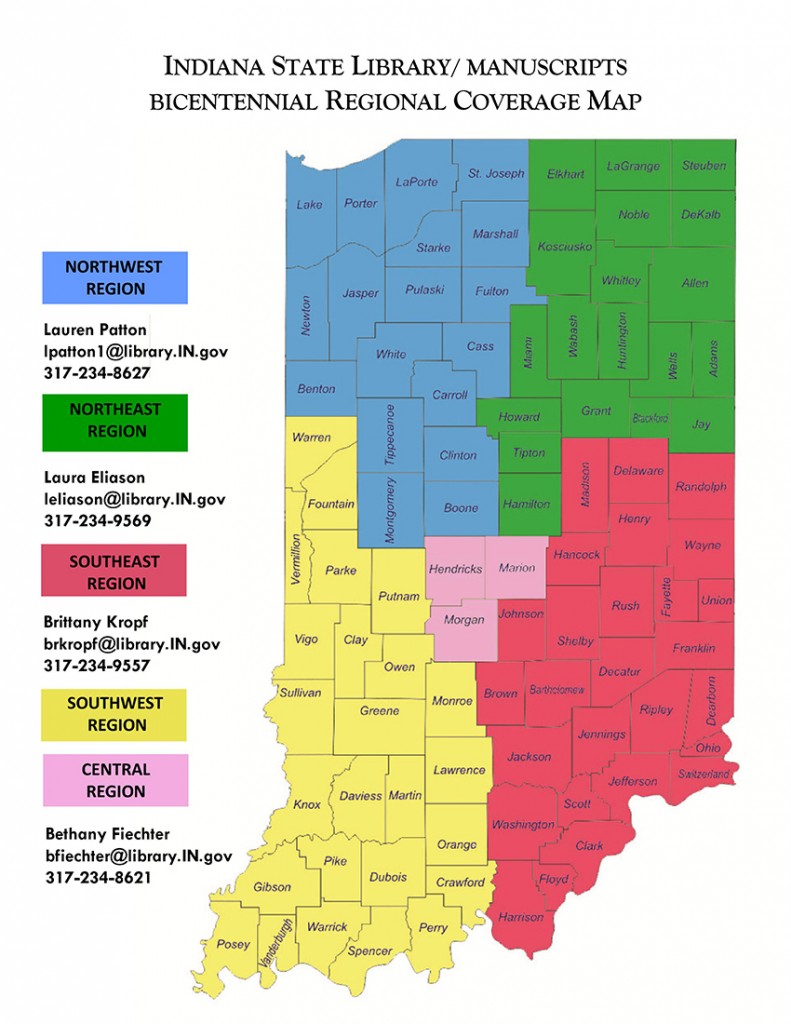
This blog post was written by Bethany Fiechter, Rare Books and Manuscripts Supervisor. For more information, contact the Rare Books and Manuscripts Division at (317) 232-3671 or “Ask-A-Librarian” at http://www.in.gov/library/ask.htm.





